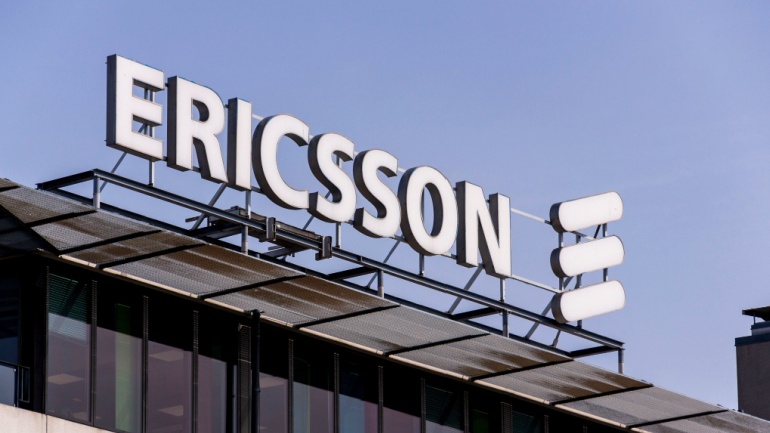Frequencies in the 1GHz–6GHz range, known as mid-band spectrum, are vital for 5G. These frequencies offer excellent coverage, speed, and capacity, rendering them a cost-effective 5G deployment option for operators. However, as mobile data consumption balloons and new data-hungry 5G use cases emerge, the availability of additional mid-band spectrum is shrinking. The peak trade body for global mobile operators, the GSMA, projects that each country will need approximately 2 GHz of mid-band spectrum by the end of the decade — a substantial increase from the current availability.
In response to this growing demand, the International Telecom Union (ITU) made an important announcement at the World Radiocommunication Conference 2023. New spectrum bands for 5G use have been allocated: the 470–694 MHz and 3.3–3.8 GHz bands in EMEA, and the 6.425–7.125 GHz band globally. According to ITU, the additional 6GHz spectrum, which stands out amongst the new allocations, is expected to simplify the progression of 5G and aid in the development of 5G-Advanced.
Operators worldwide have been seeking access to the 6GHz spectrum for 5G, with countries housing approximately 60% of the global population doing so through various channels, as per GSMA. Key telecoms players have also been running interoperability tests in anticipation of this allocation. Significant tests were conducted by giants like TIM Brasil and Huawei, MediaTek and Ericsson, achieving impressive speeds and setting the stage for a harmonised transition to 5G-Advanced.
Despite Europe’s steady 5G rollout, with coverage reaching over 81% of the population by the end of 2022, European operators must step up their game to avoid falling behind globally. This necessitates embracing both the newly released 6GHz spectrum and the mmWave spectrum (24GHz–300GHz), which offers higher speeds than currently accessible.
Efforts to harness these increased speeds and 5G-Advanced technology have already commenced. Deutsche Telekom and DNA in Finland conducted successful 5G-Advanced tests, achieving impressive download speeds, substantially greater than presently offered by commercial 5G networks.
With 5G-Advanced presenting a range of commercial opportunities, operators can unlock fresh consumer use cases and improved Fixed Wireless Access (FWA) propositions. This would provide home broadband customers with experience comparable to fibre, which could pave the way for effective 5G monetisation — something global operators are grappling to achieve.
5G-Advanced is rapidly progressing towards commercialization. A number of pilot projects leveraging 5G-Advanced are already in motion in mainland China. Elsewhere, in Hong Kong and the Middle East, stunning 10Gbps 5G speeds have already been demonstrated, suggesting a promising future for 5G-Advanced.
Operators’ desire for quick 5G-Advanced monetisation is palpable. Encouragingly, several 5G-Advanced products have already hit the market, with some achieving 10Gbps download speeds on experimental networks. The trend indicates that consumers are likely to benefit from 10Gbps services before the end of 2024, marking a leap forward in telecommunication technology.







